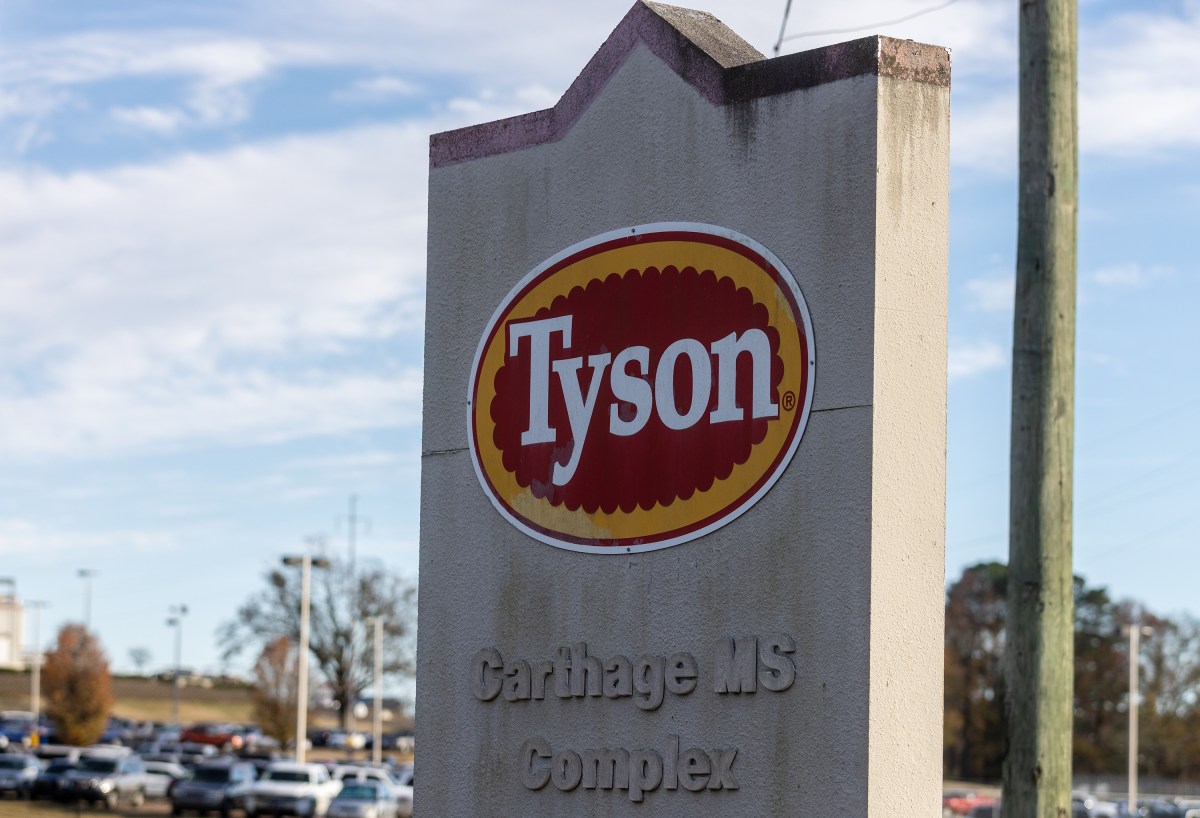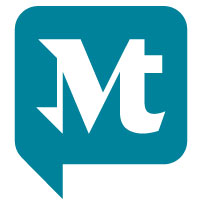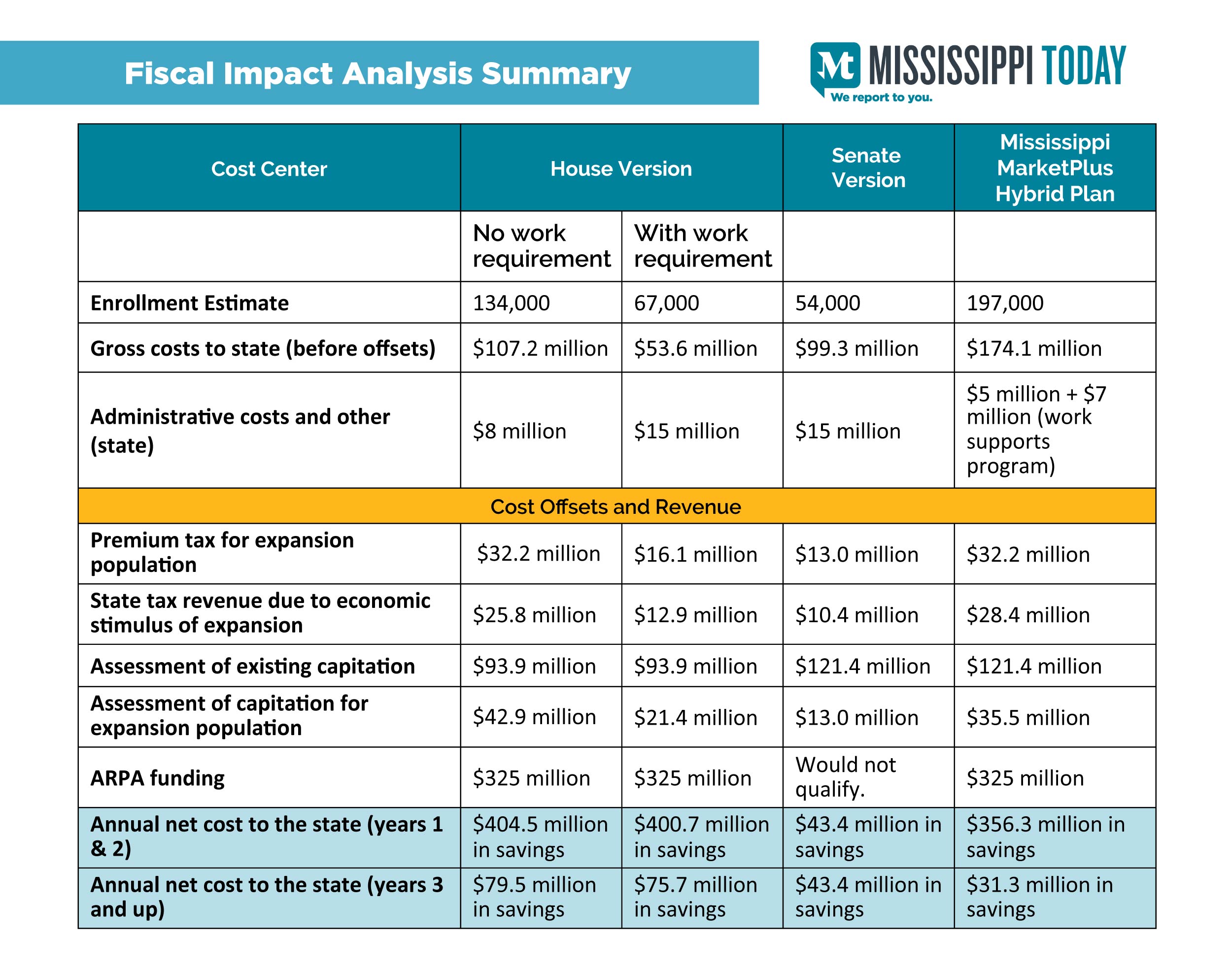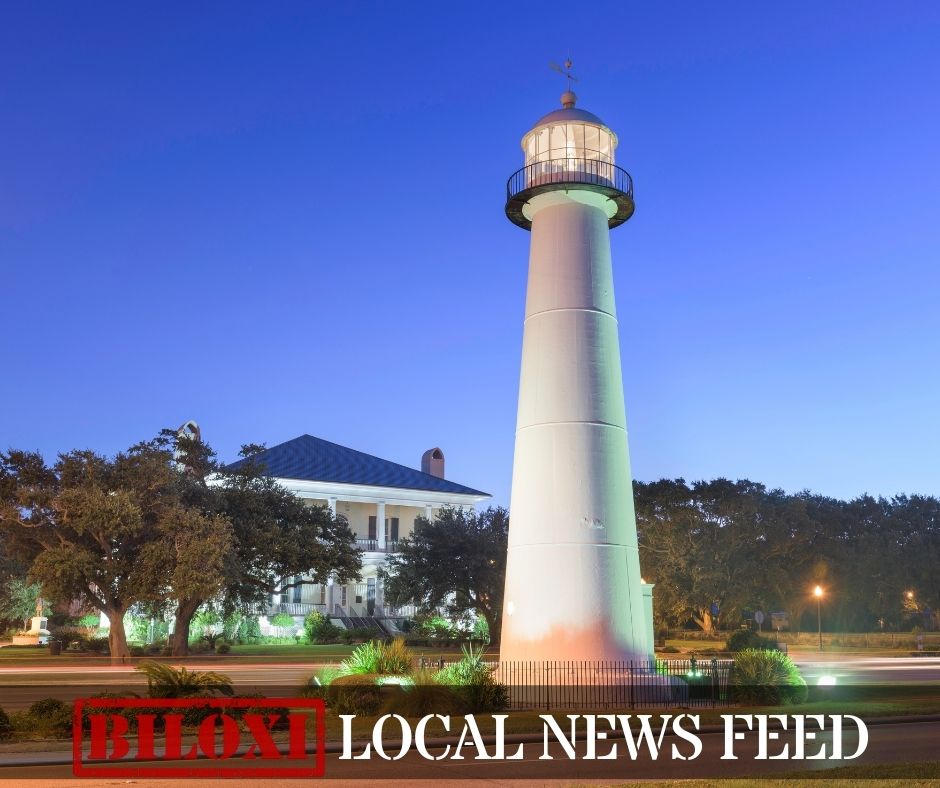Mississippi Today
Data Dive: Mississippi’s worst polluters

Data Dive: Mississippi's worst polluters
Chemical plants and paper mills are among the top polluters in Mississippi, which has seen a decrease in the total amount of toxic releases reported to the Environmental Protection Agency over the last five years.
Certain industries are required by federal law to report every year to the EPA their toxic releases, which include air and water emissions as well as land disposals.
Over the last five years, the facilities with the most toxic releases in Mississippi were:
- Tronox, LLC – 72.6 million pounds of releases: Tronox is a chemical plant in Hamilton, which received a $65,000 fine from the Mississippi Department of Environmental Quality in July for exceeding air pollution limits. MDEQ also issued the facility a $65,000 fine for an air pollution violation in 2013, as well a $7,500 fine in 2011 for not having a groundwater monitoring plan.
- Chemours DeLisle – 72.3 million pounds: Chemours is a chemical plant in DeLisle formerly owned by Dupont. MDEQ has issued the facility multiple fines over the last decade for air pollution violations: a $28,350 fine in 2011; a $117,000 fine in 2012; a $19,500 fine in 2015 for failing to test emissions; and then a $33,750 fine in June for exceeding emissions limits.
- Georgia Pacific Leaf River – 15.7 million pounds: Georgia Pacific is a pulp mill in New Augusta.
- Choctaw Generation LP – 10.6 million pounds: Choctaw Generation LP is a coal-fired power plant in Ackerman owned by Southern Company. MDEQ issued the facility a $18,750 fine in 2020 for exceeding water pollutant limits.
- Tyson Farms, Carthage – 9.5 million pounds: Tyson Farms is a poultry processing center in Carthage. In 2016, MDEQ fined the facility $65,000 for unpermitted wastewater discharges.
Overall, toxic releases reported to the EPA show a 17% decrease in the state from 2017 through 2021, the latest year of available data. The most abundant chemicals in those releases were manganese, nitrate, vanadium, ammonia and chromium.
The industries with the most toxic releases in that time were chemical plants, paper and pulp mills, meat products — specifically poultry processors — facilities, fossil fuel power stations, and oil refineries.
But the amount of toxic releases from a facility doesn't tell the whole story. As ProPublica explored in its in-depth analysis of air pollution last year, the EPA assigns a risk score for certain chemicals included in the toxic release data to quantify their threat-level to people living nearby. The analysis found that residents in the Cherokee Forest neighborhood in Pascagoula faced an especially high risk of getting cancer because of nearby air pollution, including from the shipbuilding facility VT Halter Marine, which was recently purchased by Louisiana-based Bollinger Shipyards.
The EPA announced last month that Mississippi would receive a $500,000 grant to measure air pollutants in the neighborhood.

In 2020, the latest year with available risk, or RSEI, scores, the facilities in Mississippi with the highest scores — a higher score meaning more dangerous emissions — were:
- True Temper Sports Inc. (RSEI score: 265,663): a fabricated metals plant in Amory that emits chromium, zinc, and nickel into the air. MDEQ fined the company $37,500 in 2012 for exceeding water pollution limits, and $39,655 in 2013 for a hazardous waste violation.
- Rolls-Royce Naval Marine Inc. (RSEI score: 244,407): a facility in Pascagoula that builds propellers for U.S. Navy ships. It emits chromium and nickel into the air.
- Chevron Products (RSEI score: 188,439): an oil refinery in Pascagoula that releases mercury and other chemicals into the air and water. In 2017, MDEQ fined the company $70,200 for failing to do required air emission tests.
- Georgia Pacific Leaf River (RSEI score: 122,745): a pulp mill in New Augusta that discharges polycyclic aromatic compounds into the water.
- Quality Steel Corp. (RSEI score: 85,079): a metals manufacturer in Cleveland that emits chromium and nickel into the air.
This article first appeared on Mississippi Today and is republished here under a Creative Commons license.
Mississippi Today
On this day in 1963
April 16, 1963

Martin Luther King Jr. wrote his “Letter from Birmingham Jail” on scraps of paper and in the margins of newspapers.
“I am in Birmingham because injustice is here,” he wrote.
Jail trusties passed his words to his lawyers, who transformed the handwriting into a 21-page typed letter to eight white clergymen who had chastised him for breaking the law.
King reminded them that everything that Adolf Hitler did in Germany was “legal” and everything the freedom fighters did in Hungary was “illegal.”
“It is the duty of people to break unjust laws,” he wrote. “Injustice anywhere is a threat to justice everywhere.”
In response to criticism that his protest was “unwise and untimely,” King responded, “I have never yet engaged in a direct-action movement that was ‘well timed,' according to the timetable of those who have not suffered unduly from the disease of segregation. For years now I have heard the word ‘wait.' It rings in the ear of every Negro with a piercing familiarity. This ‘wait' has almost always meant ‘never.'”
He said he wished these ministers had praised the protesters “for their sublime courage, their willingness to suffer and their amazing discipline in the midst of the most inhuman provocation. One day, the South will recognize its real heroes.”
This article first appeared on Mississippi Today and is republished here under a Creative Commons license.
Mississippi Today
Being Oxford’s mayor means listening first
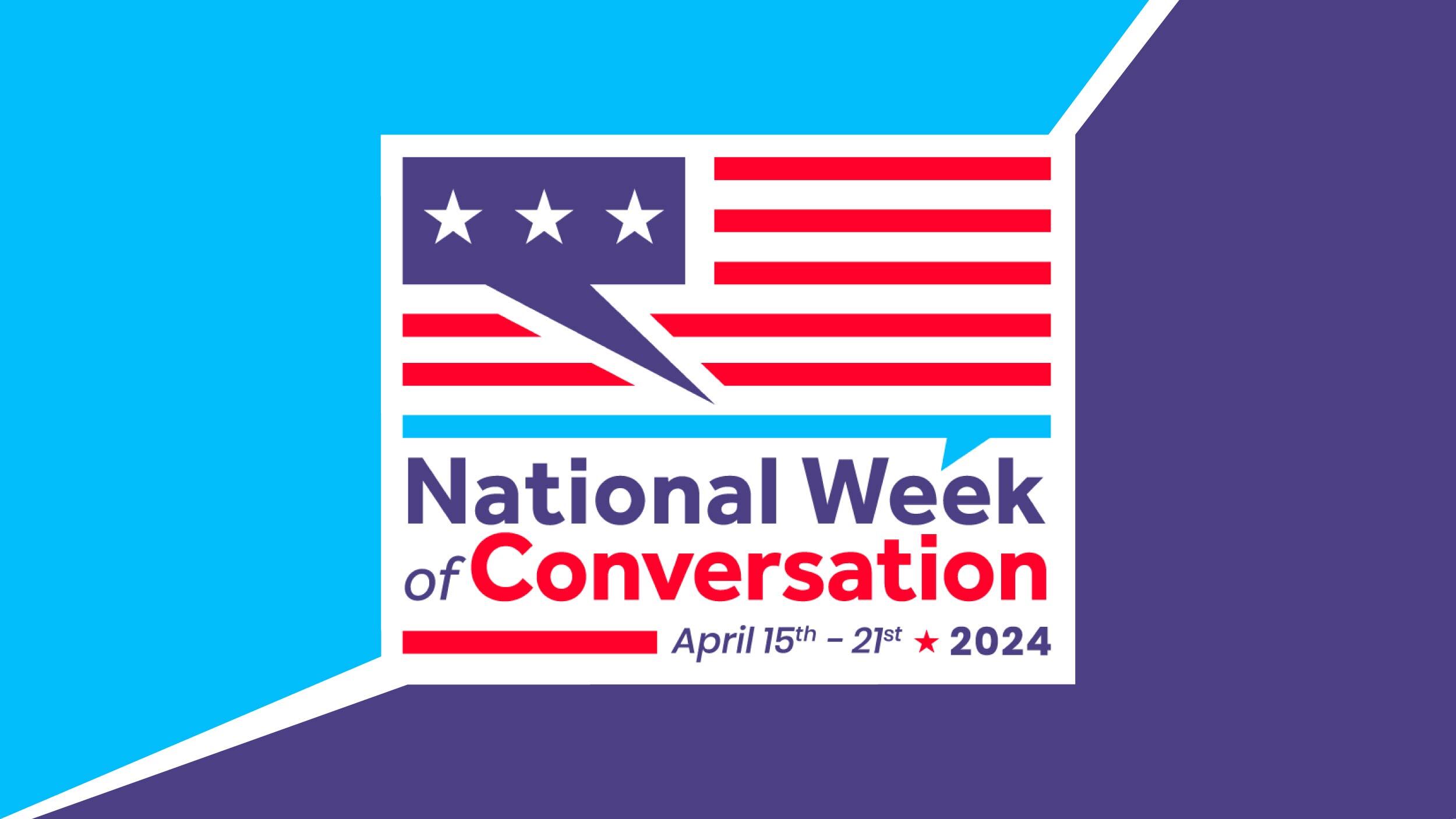
I love Oxford. I love Mississippi. I love America. Loving America also means loving Americans. Yet, we are at a time in our history where the rhetoric only seems to get more and more divisive, and the toxic polarization is sadly becoming something we accept as the norm. We have gone past disagreeing to disliking – and even despising – those who don't agree with us. We've lost sight, in many cases, of the possibility of understanding and respecting each other.
So, do we throw in the towel? I don't think so. Accepting the idea that our communities and country are hopelessly divided can only end badly for all of us.
Studies show that most of us are actually tired of division. If you, like me, long for peace in our families, cooperation in our communities and unity in our country, let's talk. Or actually, let's listen.
When I was elected Mayor of Oxford in 2017, I knew that in order for our community to reach its greatest potential, we had to create space for community conversation. I was introduced to the Listen First Project and immediately signed on and took the pledge along with hundreds of other elected officials committing to listen first to understand. At its core is the hope that we will see each other across differences and not see problems or issues, but people and experience human connection. In 2017, I felt like being a part of this work was important. It seems even more so in 2024.
The Listen First Project has partnered with the National Week of Conversation for the Better Together Film Festival providing opportunities for us to come to the table and listen. Throughout my seven years as Mayor, I have focused on developing leaders within our city workforce. It is important that we prepare our workforce for the Oxford of the future. I believe that sharing this opportunity to present a short film and facilitate conversation as part of the Better Together Festival provides an opportunity that allows city leaders to experience something unique and potentially life-changing. This is a group of people who are leaders in departments across our community. They are setting the tone in their departments and in our community. We share the goal of leaving Oxford better than we found it, and we share hope for Oxford's future. These conversations are where we build bridges for the future and where real change can begin. Employees are not obligated to come but are making a choice to lean into something that can help them do their jobs better and to understand others more fully.
National Week of Conversation is a time to practice courage over contempt. Are you satisfied with the tension in our communities? I'm not. The “other side” is not going away no matter what side you are on. We can't wait on this to be addressed at a state or national level. We also can't minimize the effect that even small efforts have. As Margaret Mead so accurately stated, “Never underestimate the power of a small group of committed people to change the world. In fact, it is the only thing that ever has.” There is hope. And, we all have a role to play.
Join the conversation.
Join us at Noon on Friday, April 18 for a VIRTUAL lunch and learn session exploring tools to make us better listeners, and in turn, better equipped to engage in meaningful conversations across differences.
The session will be led by Dr. Graham Bodie, professor and Interim Chair of the Department of Media and Communication in the School of Journalism and New Media at the University of Mississippi.
This event is free and open to the public. Register to receive more information.
This article first appeared on Mississippi Today and is republished here under a Creative Commons license.
Did you miss our previous article…
https://www.biloxinewsevents.com/?p=349990
Mississippi Today
Experts analyze House, Senate Medicaid expansion proposals, offer compromise plan

As Mississippi lawmakers look for compromise between widely differing House and Senate Mississippi Medicaid expansion plans, experts with a health research group have projected the costs, savings and efficacy of the plans and offered a third, potential compromise plan.
The analysis shows that under each plan, the state would see net annual savings – ranging from tens of millions to hundreds of millions of dollars – by expanding the state-federal Medicaid program to cover working, poor and uninsured Mississippians. The plans, the study says, also vary widely in how many Mississippians would be covered – from around 50,000 to nearly 200,000.
The study was commissioned by the Center for Mississippi Health Policy and conducted by the Hilltop Institute at the University of Maryland, Baltimore County. Hilltop has studied Medicaid expansion nationwide and recently testified before the Mississippi House Medicaid Committee.
“We wanted to get some updated numbers based on publicly available data,” said Morgan Henderson, director of analytics and research for Hilltop. “We really want to make sure folks having these discussions have data points they need.”
The study takes the House and Senate plans at face value, even though both contain elements not likely to be approved by the federal Centers for Medicare and Medicaid Services. The Senate plan, for instance, includes a stringent work requirement for coverage that, besides potentially costing millions in administrative fees, isn't likely to be approved by CMS.
Both the House and Senate plans contain another potential poison pill that could prevent expansion from being implemented. They have 12-month moratoriums on people who qualify for the expanded Medicaid coverage from dropping private coverage and applying for Medicaid. CMS is highly unlikely to approve this, and such moratoriums would probably not meet constitutional muster in a court.
The options
Mississippi Senate plan
One striking difference between the Senate plan and the House and compromise plans is the Senate one would turn down about $1 billion a year in federal money to cover more expansion costs. It also would forego nearly $700 million over the first two years in enhanced federal funding that some refer to as a “signing bonus” for states that fully expand Medicaid per the federal Affordable Care Act.
The Senate plan would provide coverage to people making up to 100% of the federal poverty level – about $15,000 a year for an individual. Hilltop estimates this plan would cover about 54,000 people, although Senate leaders said they estimate about 40,000 people would sign up.
The Senate plan would require participants to work 120 hours a month or be enrolled as a full-time student or in a workforce training program. It would exempt some from this requirement, including parents of children under 6, people mentally or physically unable to work or those who are caregivers to disabled family members.
Cost
The state's upfront cost of the Senate plan would be paid by a 3% tax on Medicaid managed care providers.
Hilltop estimates the Senate plan would cost the state a little over $114 million per year, including $15 million in administrative costs. But when these costs are offset by the tax on providers, the economic stimulus of expansion and other offsets or revenue, Hilltop estimates a net savings to the state of $43.4 million a year.
Mississippi House plan
The House plan would provide Medicaid coverage for people making up to 138% of federal poverty level, a little more than $20,00 a year for an individual. Hilltop estimates this would cover about 134,000 Mississippians (again, factoring in the “moratorium” on leaving private coverage).
The House plan calls for work requirements – 20 hours a week or enrollment as a student or in workforce development – but would still go into effect without the requirements if CMS fails to approve them.
Under this plan, Mississippi would draw down about $1 billion a year in increased federal Medicaid payments, and over the first two years, another nearly $700 million in enhanced federal payments.
Cost
The state share of upfront costs for the House plan would be covered by a 4% tax on Medicaid managed care providers.
Hilltop estimates the House plan, with no work requirement approved, would cost a little over $115 million, including $8 million in administrative costs. But when these are offset by the tax on providers, economic stimulus and other offsets or revenue, Hilltop estimates an annual savings for the state of more than $404 million a year for the first two years, then $79.5 million a year for the third year and beyond.
House Speaker Jason White and others have noted that the enhanced federal payments to the state totaling nearly $700 million over the first two years would cover all state costs for the first four years of the House expansion plan. White also noted that the House plan, even if a work requirement is not approved, would require the managed care organizations to track employment and other data from those covered.
Compromise ‘hybrid plan‘
Hilltop's “Mississippi MarketPlus Hybrid Plan” would offer expanded Medicaid coverage through the state's managed care program for those making under 100% of the federal poverty level. For those making 100% to 138% (up to $20,000 for an individual) of poverty level, the plan would use federal money to provide assistance for them to buy private insurance plans through Mississippi's marketplace exchange.
Hilltop estimates this plan would provide coverage for 197,000 Mississippians.
The plan would require managed care companies to provide employment support and require mandatory referral to workforce training. It would also require those covered to pay marketplace insurance co-pays, but would not include a work requirement or moratorium on people leaving private insurance.
Like the House plan, this plan is expected to qualify the state for enhanced federal Medicaid payments and the two-year “signing bonus” of nearly $700 million.
Cost
The plan, like the Senate's, includes a 3% tax on Medicaid managed care providers to help cover state costs.
Hilltop estimates the upfront cost to the state for this plan would be a little more than $186 million, including $12 million in administrative costs (including work support). But these would be offset by the tax on providers, economic stimulus from expansion and other offsets or revenue. Hilltop estimates a net savings to the state for this plan of more than $356 million a year for the first two years, then $31.3 million a year in savings for years three and up.
The Hilltop study also noted this plan would allow the state to receive a 90% federal match for services currently funded only with state dollars, including hospital services for incarcerated people and some behavioral health services.
Other findings
Hilltop's report says that Medicaid work requirements – when they were previously allowed by the feds – have not shown to increase workforce participation. It said, “Moreover, the Arkansas experience demonstrates that the administrative burden in reporting work status can lead to Medicaid coverage loss for the working poor – thus hurting the exact individuals designed to be covered under work requirements.”
A Georgia program similar to the Mississippi Senate's plan in several regards, has shown that stringent work requirements result in low enrollment and high administrative costs, the Hilltop study notes. As of recently, the Georgia program had enrolled only a few thousand people and over 90% of its costs to-date have been administrative costs and consulting fees. Georgia is still battling the federal government in court over its work requirements.
The Hilltop study found the Senate's plan “contains high budget risk” to the state. Since the plan eschews extra federal funding available for expansion, “if enrollment exceeds estimates, there would be proportionally greater budget overruns in the Senate version than the alternative plans.” It noted that to protect state coffers, language could be inserted to the House or hybrid plan that rescinds the expansion should the enhanced federal match drop.
This article first appeared on Mississippi Today and is republished here under a Creative Commons license.
Did you miss our previous article…
https://www.biloxinewsevents.com/?p=349711
-
Mississippi News2 days ago
Mississippi will soon be bombarded with cicadas
-
Mississippi News6 days ago
Community rallies behind Starkville High basketball coach
-
SuperTalk FM6 days ago
Ex-cop arrested in connection to killing at Jackson apartment complex
-
SuperTalk FM1 day ago
4 tornadoes touched down in Mississippi during latest round of severe storms
-
SuperTalk FM2 days ago
2 Jones County correctional officers arrested in smuggling bust
-
Mississippi News6 days ago
One dead, one injured after severe storms hit Mississippi
-
Mississippi News4 days ago
Columbus schools may see needed upgrades with bond issue
-
Local News2 days ago
Almost 3,500 Mississippi Veterans have enrolled in VA health care in past 365 days, 28% increase over last year
